
Leading Wireless Network Enhancers: Maximizing Your Internet Reach

Leading Wireless Network Enhancers: Maximizing Your Internet Reach
Read update
- We’ve reviewed our recommendations and have updated our picks for the best Wi-Fi 6 extender, and the best Wi-Fi extender with wired ports.
Wi-Fi Range extenders can help with dead zones or poor Wi-Fi signal in your home, whether it’s an issue with thick walls or a small router range. Our recommendations will make sure your whole home has internet coverage.
UPDATE: 01/08/2024
We’ve reviewed our recommendations and have updated our picks for the best Wi-Fi 6 extender, and the best Wi-Fi extender with wired ports.
TP-Link AC1750 Wi-Fi Extender (RE450)
Best Wi-Fi Range Extender Overall
$30 at Amazon
TP-Link AC750 Wi-Fi Extender (RE220)
Best Budget Wi-Fi Range Extender
$16 at Amazon
TP-Link RE715X
Best Wi-Fi 6 Range Extender
$99 at Amazon
Netgear EAX20
Best Wi-Fi Range Extender With Wire Ports
$99 at Amazon
NETGEAR Nighthawk EAX80
Best Wi-Fi Range Extender for Gaming
$250 at Amazon
TP-Link 2.4GHz N300 Long Range Extender (CPE210)
Best Outdoor Wi-Fi Range Extender
$40 at Amazon
What to Look For in a Wi-Fi Range Extender in 2024
It probably won’t surprise you to know that buying a Wi-Fi range extender is very similar to buying a router , and that means that you’re going to be looking for similar things.
For starters, it’s essential to understand that the rated speed on the box doesn’t always translate to real-life performance. Often these numbers are based on perfect conditions, standing right next to the device in an area with absolutely zero interference.
As such, real-life performance tends to be much lower, but that’s okay! Most people don’t have 1Gbps or 2Gbps internet speeds, so you aren’t missing out on the theoretical best-case performance anyway.
This brings us to the next point. Most modern routers tend to come either in dual-band or tri-band varieties. This often means they can broadcast in two different frequencies—2.4GHz or 5Ghz. Therefore, when you’re picking a Wi-Fi range extender, make sure to find one that is also either dual-band or tri-band so that you can take full advantage of your router’s speed and range.
Speaking of range, you’re probably looking at this page due to a Wi-Fi dead zone in your home. One way tech companies have solved that issue is using Mesh Wi-Fi systems , which Wi-Fi range extenders also support.
If you are using a router that has a Mesh system, you’ll want to try and get a range extender that also has that since it will make your life so much easier. Of course, each company has its system, like OneMesh for TP-Link , so always check for compatibility.
Another thing you’ll want to check for compatibility is what Wi-Fi standard you are using—4, 5, or 6. Wi-Fi 4 is a bit old, and unless your router is a decade old, you’re most likely on Wi-Fi 5, or if you got your router in the last year or two, even possibly Wi-Fi 6 . This ultimately shouldn’t be a problem since most Wi-Fi extenders can handle Wi-Fi 4 and 5, but only a few can do Wi-Fi 6, so it’s always something to double-check.
Finally, one standard you should also check for is MU-MIMO . While we encourage you to read more into it by following the link, the long and short of it is that MU-MIMO helps avoid lag when several devices are connected to one network. This is especially important for things like gaming or if you have 15 or more devices connected to your network, such as in the case of a smart home setup.
This is a lot to keep track of but provided you know your router’s specifications and limits, our recommendations below should make it easy.
| How Did We Research | ||
|---|---|---|
| Models Evaluated | Hours Researched | Reviews Analyzed |
| 20 | 7 | 18 |
How-To Geek’s product recommendations come from the same team of experts that have helped people fix their gadgets over one billion times. We only recommend the best products based on our research and expertise. We never accept payment to endorse or review a product. Read More »
Best Wi-Fi Range Extender Overall: TP-Link AC1750
| Pros | Cons |
|---|---|
| Easy installation and setup | Big for a plug extender |
| Great speed and range performance | Lack of Wi-Fi 6 |
| Dual-band and triple antenna | |
| Ethernet port |
If you sat down in a room with a bunch of engineers to design a Wi-Fi range extender, the TP-Link RE450 would be what they come up with. While it doesn’t tick every single feature box of similar devices, it still manages to put the most important stuff in, while also keeping it relatively cheap.
For example, setup is straightforward with the front-and-center Wi-Fi Protected Setup (WPS), which allows you to pair it with any other WPS router by simply touching the front of the extender. Compare that to some other Wi-Fi extenders where the button is hidden on the side, and it’s a pretty wise decision. Another smart design choice is surrounding the button with an indicator light to know precisely when it connects and how stable the connection is.
In terms of speeds, you’ll be getting up to 450Mbps on the 2.4GHz band and up to 1,300Mbps on the 5Ghz, both of which are probably more than your maximum speeds. In practical terms, though, you’re looking at around 45Mbps at 50-feet for the 2.4GHz band and around 85Mbps at 50-feet for the 5GHz band, both of which are relatively good speeds when compared to the competition.
You’ll also be happy to know that it comes with a single Ethernet port that you can use to plug in a laptop, computer, or even smart TV. If you have several devices that you need to use, you could always go the eco-conscious route of turning an old router into a network switch instead. It will save you some money and help you recycle some of your old networking gear.
The only real downside to the RE450 is that it lacks a throughput outlet, so you’re going to be taking up a whole plug slot and probably several ones nearby since the RE450 is pretty bulky. It also lacks support for Wi-Fi 6, which isn’t great but not necessarily a dealbreaker if you don’t have a router that uses it.
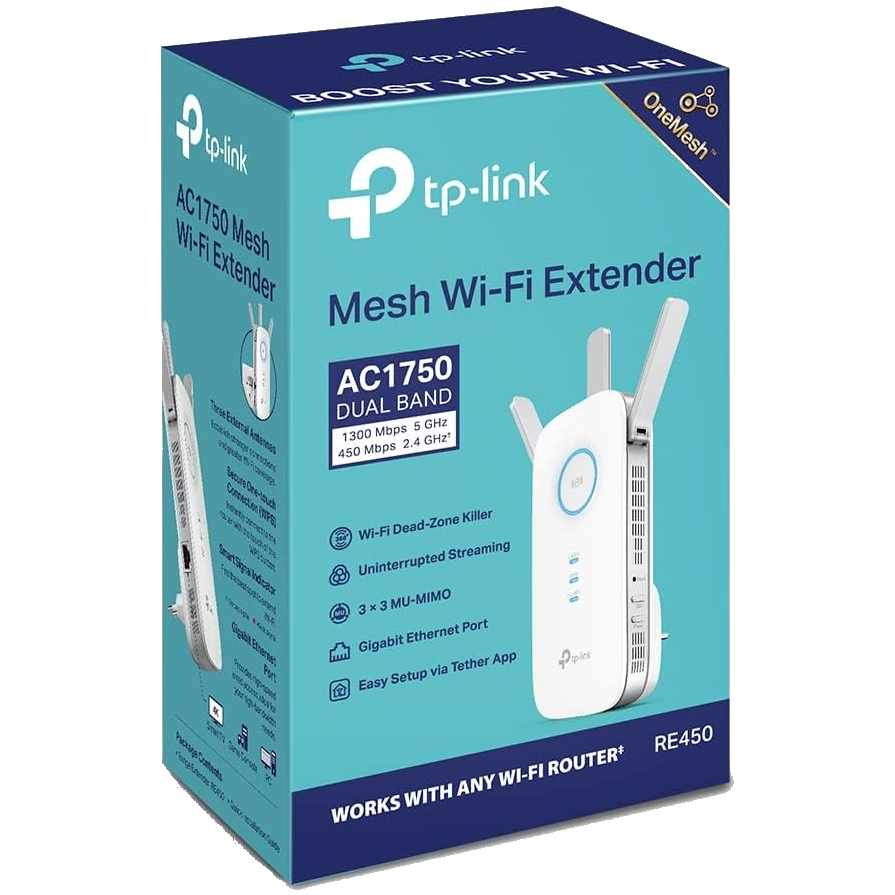

Best Wi-Fi Range Extender Overall
TP-Link AC1750 Wi-Fi Extender (RE450)
$30 $80 Save $50
With great speeds across two bands and easy-to-use features, the RE450 does a great job ticking boxes while maintaining a great price.
$30 at Amazon See at bestbuy See at Target
Best Budget Wi-Fi Range Extender: TP-Link AC750
| Pros | Cons |
|---|---|
| Good range and performance for the price | Lack of MU-MIMO |
| Easy to use and install | Not that great 5GHz performance |
| Ability to set dedicated backhaul band | Slower Ethernet speeds |
| Pretty design |
It should be no surprise to see another TP-Link product here, considering how good the company is at making accessible consumer-grade gear. They’ve even managed to pack good performance on TP-Link AC750 while keeping it below $20, which is pretty impressive for a piece of modern networking equipment.
When it comes to speeds, you’re looking at a stated 300Mbps on 2.4GHz and 433Mbps on 5GHz, which are pretty close to each other. That means that 5GHz gets mediocre performance, and, in practical terms, you’re likely to get around 45Mbps at the 50-foot range. Of course, 5GHz still manages to beat out the 2.4GHz performance of around 25Mbps at 50 feet, although not as much as it should.
While the AC750 can support up to 32 devices, it lacks the MU-MIMO technology that allows simultaneous streaming and beamforming . You probably don’t want to be playing games using this extender, but most other uses, such as streaming, should be fine.
Besides that, the AC750 comes with a handy WPS connect button in the front, and an Ethernet port below, making overall connectivity pretty good. It also looks much more understated and minimalist compared to other routers that are big, black, and wouldn’t be out of place in the Batcave.
Overall, for just $20, you aren’t going to get the best performance, but if you need a bit of extra range to use the phone in the bathroom, or stream Netflix in the living room, then this little Wi-Fi extender is perfect.
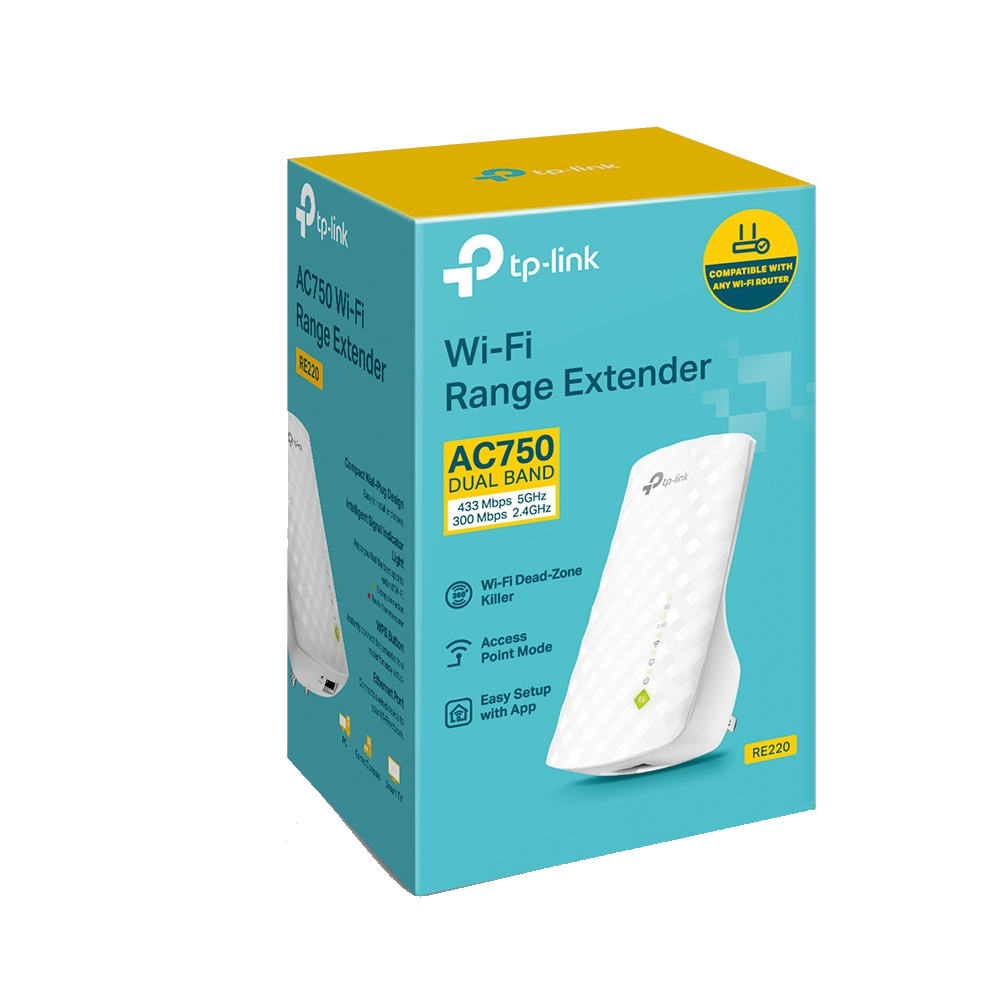

Best Budget Wi-Fi Range Extender
TP-Link AC750 Wi-Fi Extender (RE220)
$16 $35 Save $19
It’s hard to fault a Wi-Fi extender when it’s so cheap, but the Re220 manages to put give you just the right amount of features and performance to make it a contender.
Best Wi-Fi 6 Range Extender: TP-Link RE715X
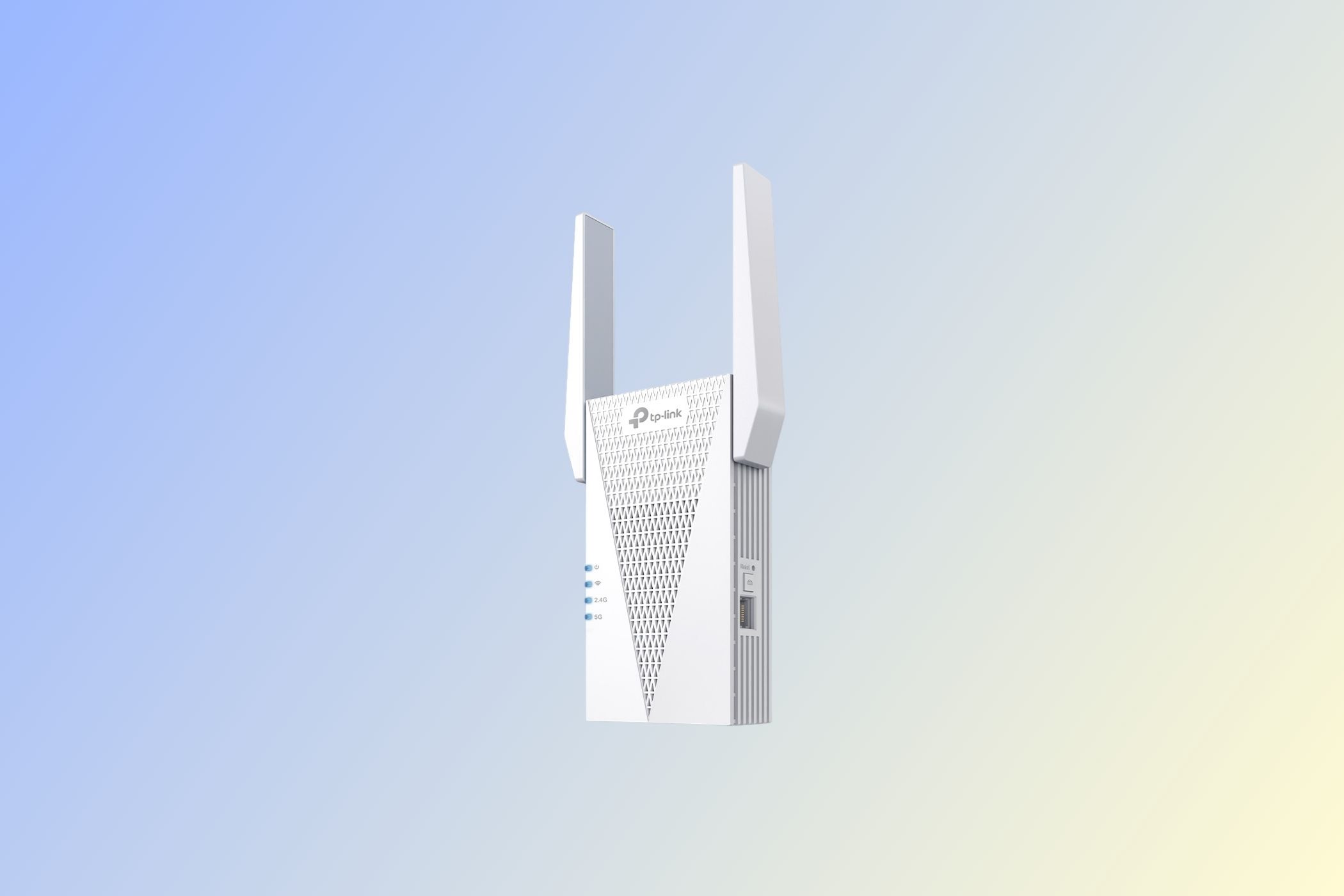
TP-Link
| Pros | Cons |
|---|---|
| Excellent performance | Bulky design |
| Support for OneMesh | No plug passthrough |
| Easy to use |
If you own a Wi-Fi 6 router but it’s not providing coverage to all corners of your house or property, the TP-Link RE715X is an excellent way to extend the reach of your wireless network. Rated AX3000, the dual-band RE715X range extender supports speeds up to 574Mbps on its 2.4GHz band and up to 2400Mbps on its 5GHz band. The extender also features a single gigabit Ethernet port if you want a wired connection for less latency.
Another highlight of the TP-Link RE715X is the built-in support for the company’s OneMesh technology , which means if your existing Wi-Fi router supports OneMesh, you can create a mesh network using the extender for better and more seamless performance. Moreover, the RE715X can function as a Wi-Fi access point (AP) .
You will be happy to know it’s easy to install and manage via the company’s Tether app . The overall performance of the TP-Link offering is also excellent, and you will get good speeds.
Unfortunately, as it plugs directly into a socket, its bulky design can block access to other nearby sockets or switches. It also lacks a pass-through socket. If you want a relatively more compact and cheaper solution, the Netgear EAX12 is a good alternative. It also supports Wi-Fi 6 and offers good performance.
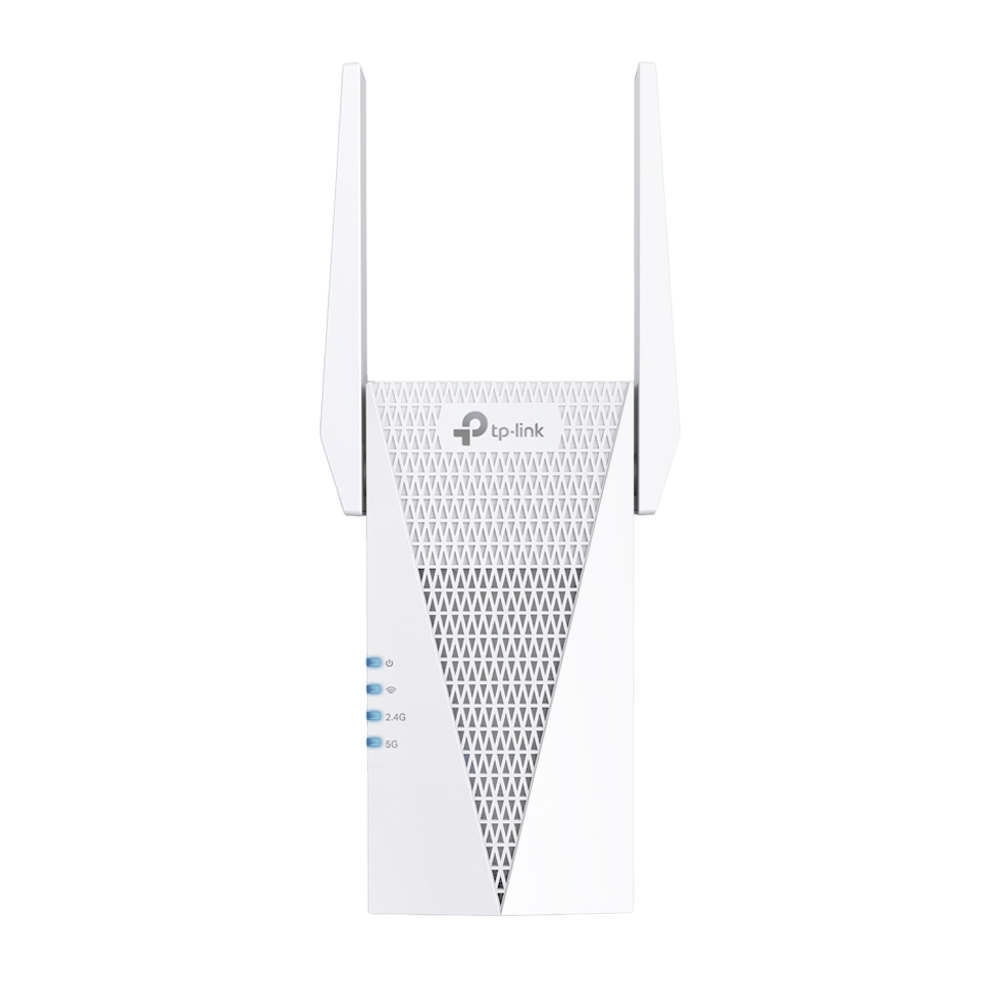

Best Wi-Fi 6 Range Extender
TP-Link RE715X
$99 $120 Save $21
The TP-Link RE715X’s impressive performance, solid range, and OneMesh technology support make it a fantastic Wi-Fi 6 extender for most people.
$99 at Amazon See at B&H Photo Video See at Newegg
Best Wi-Fi Range Extender With Wired Ports: Netgear EAX20

Netgear
| Pros | Cons |
|---|---|
| Wi-Fi 6 support | Expensive |
| Great performance | About the size of a full router |
| Four gigabit Ethernet ports | No wall mounting support |
Most Wi-Fi extenders feature a single Ethernet port for wired connectivity. But if you need more and don’t want to deal with a network switch , the Netgear EAX20 is a great choice. It’s a solid Wi-Fi extender that gives you access to not one but four gigabit LAN ports. It also supports Wi-Fi 6, so you get beamforming , OFDMA , and MU-MIMO technologies for better performance.
It’s also among the most powerful Wi-Fi extenders on the market. It can effectively take your Wi-Fi network to areas previously not penetrated by your router. Plus, like most other Wi-Fi extenders, the EAX20 can be used as a Wi-Fi access point if needed.
In other features, it’s a dual-band Wi-Fi extender, and as it’s rated AX1800, it’s most suitable for a sub-gigabit internet connection. You can use the company’s Nighthawk app to get it up and running in a matter of minutes, and the app offers basic customization options. But for more, you will have to use the web interface.
Sadly, the Netgear offering is expensive and almost as big as a wireless router—though that’s not very surprising, given the presence of four Ethernet ports. It’s also a bit older than some of the competition, at this point. But you won’t find many equally good alternatives as more and more people are opting for mesh systems to deal with Wi-Fi coverage issues.
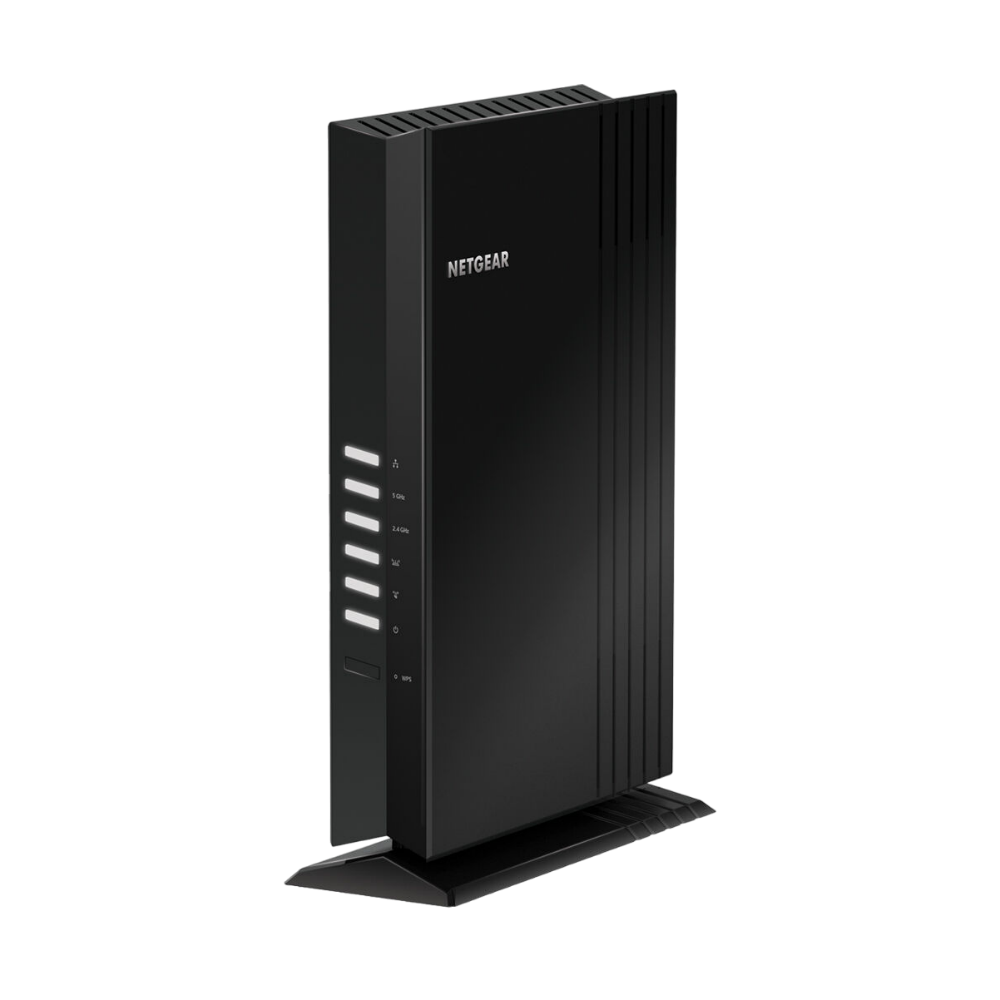

Best Wi-Fi Range Extender With Wire Ports
Netgear EAX20
$99 $130 Save $31
The Netgear EAX20 is a solid Wi-Fi extender that features four gigabit LAN ports for wired connectivity and supports Wi-Fi 6 technology.
$99 at Amazon See at B&H Photo Video See at Best Buy
Best Wi-Fi Range Extender for Gaming: NETGEAR Nighthawk EAX80
| Pros | Cons |
|---|---|
| Wi-Fi 6 support | Very expensive |
| Excellent range and performance | Performance reliant on Wi-Fi 6 availability |
| Easy to use app and advanced web interface | Bit bulky |
We won’t blame you for thinking this is the Monolith from 2001: Space Odyssey, especially since the Netgear Nighthawk EAX80 boasts some of the best performance you’re going to see on a Wi-Fi range extender.
Speed on the EAX80 is not a problem, especially since the specs list 1,200Mbps for the 2.4GHz band and a genuinely whopping 4,500Mbps for the 5Ghz band. As such, you probably won’t be surprised to find out that real-life speeds are amazing, with around 75Mbps at 50-feet for 5Ghz and around 30Mbps at 50-feet for 2.4Ghz.
Of course, it’s important to note that these speeds are based on using Wi-Fi 6 , and if you’re looking to take advantage of this extender, you ideally need that.
That being said, if you’re going to play online on a gaming console or PC, then you want to connect with an Ethernet cable, and EAX80 has four Ethernet ports for you to plug into. Ping speeds while wired can be as low as 30-35ms, assuming you already have low ping. If you don’t, it will likely be able to match whatever your router pings at, so no worries there.
Aside from that, you also get support for MI-MUMO and could theoretically get up to 30 devices connected without too many problems. On that note, setup is pretty easy using the Netgear Nighthawk app , and if you have a bit of tech experience, the web interface offers a lot more advanced controls and granularity.
That brings us to the biggest issue of the EAX80—the price. Some people might balk at the $150 price tag for just a single unit, but the truth is that top-tier performance is expensive. Not only that, but if you don’t have a router that supports Wi-Fi 6, then you’re spending a lot of money for something you’re not using to its fullest extent, so it’s something to keep in mind.
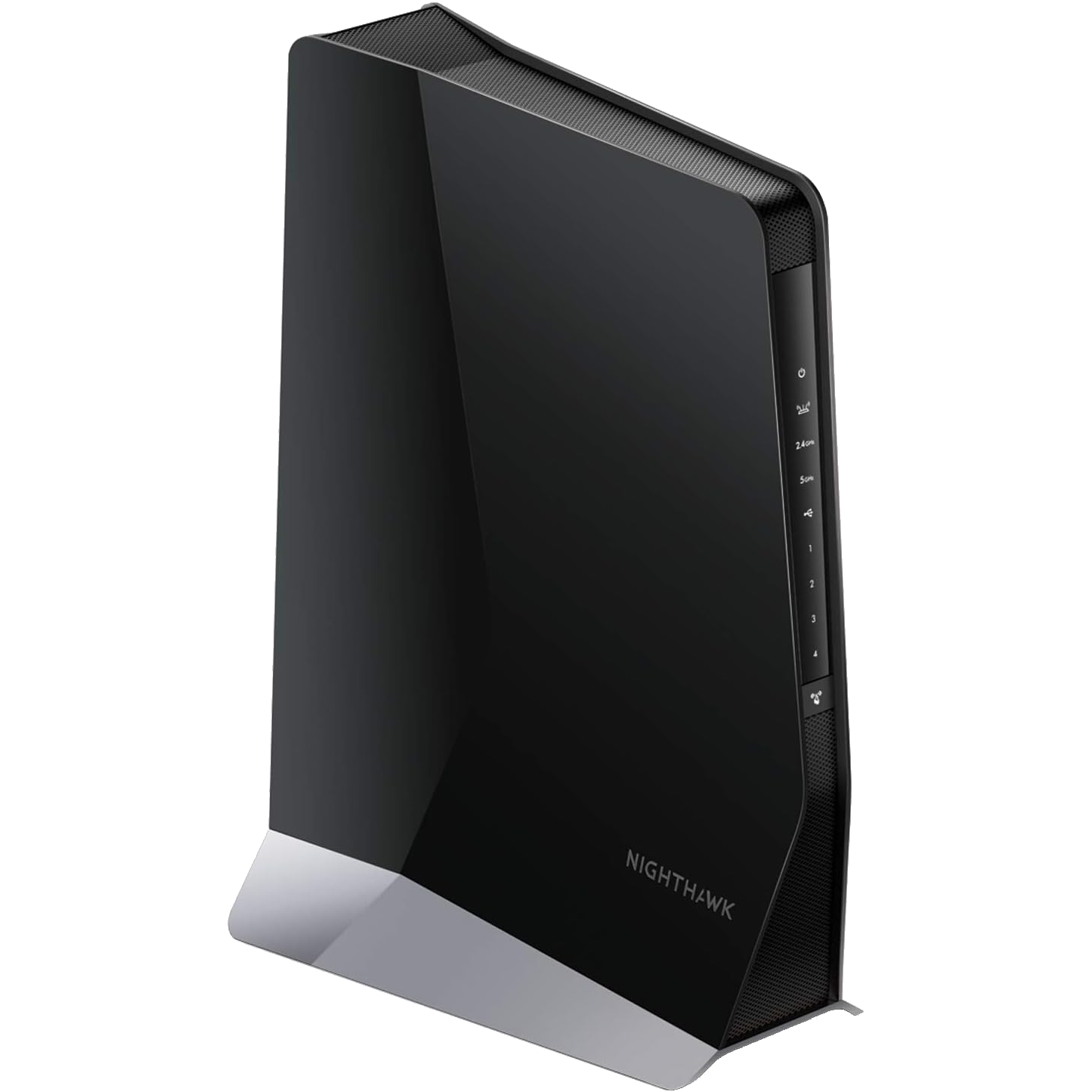

Best Wi-Fi Range Extender for Gaming
NETGEAR Nighthawk EAX80
It’s hard to beat the EAX80 when it comes to speed and performance, assuming that you’re using Wi-Fi 6. Otherwise, the high price might not be worth the performance you’d get with Wi-Fi 5.
$250 at Amazon See at bestbuy See at crutchfield
Best Outdoor Wi-Fi Range Extender: TP-Link 2.4GHz N300
| Pros | Cons |
|---|---|
| Truly massive range | Hard to set up |
| Weatherproof design | Can only transmit in one frequency |
| Relatively cheap | |
| Lots of control | |
| Relatively cheap |
So far, we’ve mostly looked at Wi-Fi network extenders made for inside the home, but the TP-Link N300 CPE210 is a different beast. Extenders made for outside the home are not only weatherproof, but they also tend to have pretty massive antennas to get a long range.
Take the case of the CPE210, which has a spec range of a mind-boggling 5km. In exchange, you tend to give up a bit of speed—with the rated capacity being 300Mbps, you aren’t going to get the blistering speeds of the Nighthawk EAX80 , or even the budget Wi-Fi range extender .
Another thing to consider is that the CPE210 only works in the 2.4GHz frequency, which is what most devices tend to use anyway. Of course, you may want 5Ghz, in which case you’ll need to go for the CPE510 instead, which happens to boast a 15km range.
Finally, if you need both speed and distance, there’s the CPE710 , which not only has 3x the rated speed, it also has 18 miles line-of-site range for an extended network. Just be aware that this is a point-to-point Wi-Fi extender, so not only do you need two of these, you will also need another device at the end-point to distribute the Wi-Fi.
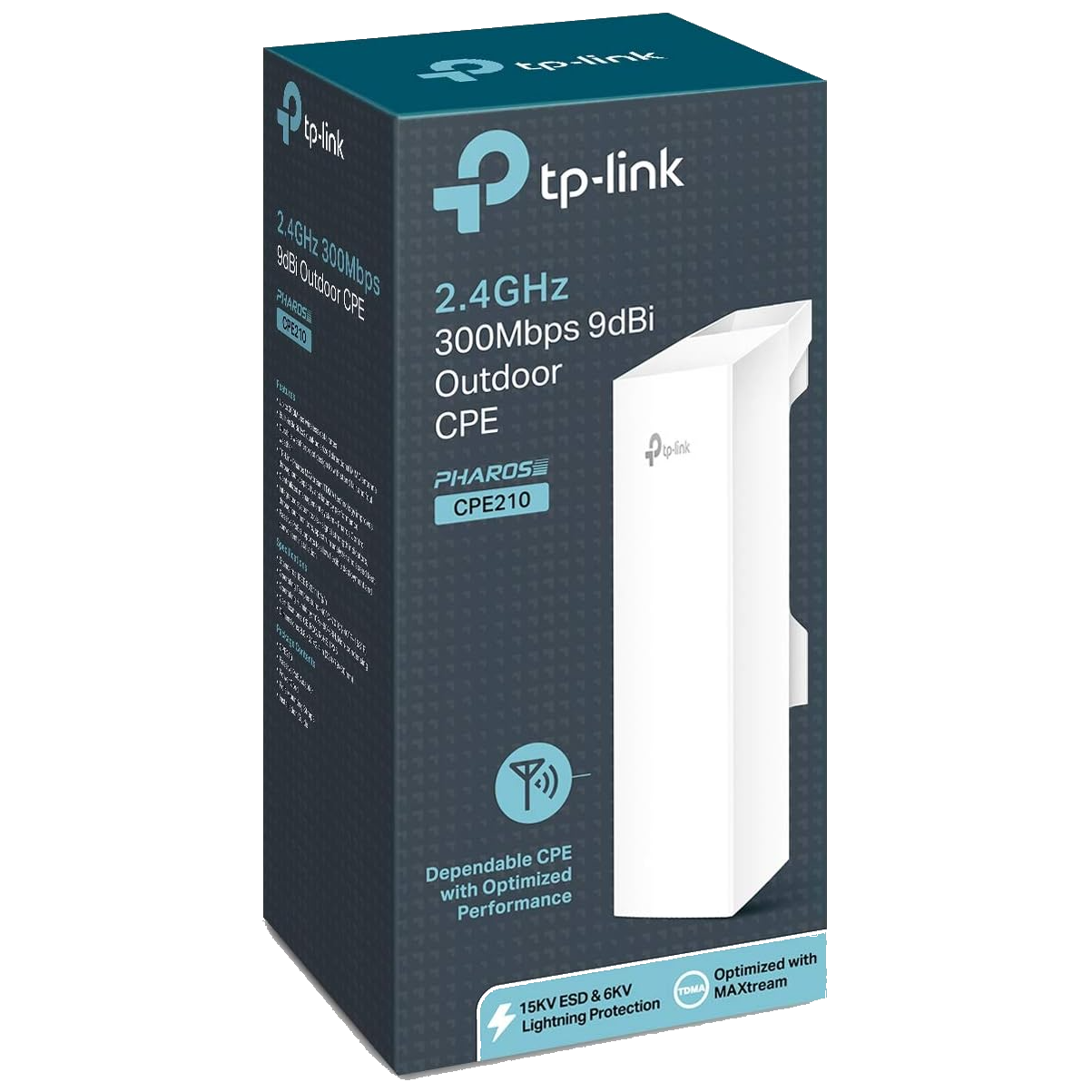

Best Outdoor Wi-Fi Range Extender
TP-Link 2.4GHz N300 Long Range Extender (CPE210)
$40 $44 Save $4
With a potential range of 5kms, assuming they don’t have to go through many walls, the CPE210 is more than able to cover most distances you’ll come up against.
FAQ
What’s the difference between a Wi-Fi booster and a Wi-Fi extender?
Wi-Fi booster is a catch-all term used to describe any kind of device that improves your Wi-Fi coverage by enhancing the signal. Wi-Fi extenders are essentially a type of Wi-Fi booster. Some manufacturers use the term “Wi-Fi booster” in their marketing, whereas others go with “Wi-Fi extender” or “Wi-Fi range extenders.”
Does a Wi-Fi extender need to be plugged into the router to work?
A Wi-Fi extender doesn’t need to be plugged into the router. But it needs to be in the router’s Wi-Fi coverage to boost the signal. The extenders are best placed where they can get a strong wireless signal from the main router.
How far can a Wi-Fi extender reach?
A Wi-Fi extender’s coverage area varies from device to device. Some can cover around 1,000 sq ft, whereas others can cover 2,500 sq ft or more. You can find a Wi-Fi extender’s coverage area in the manufacturer’s documentation.
How do I connect a Wi-Fi extender to my router?
You can connect a Wi-Fi extender to your router by following the manufacturer’s instructions. Most modern extenders use a mobile app to make things simple. Just follow the on-screen instructions to get started.
Also read:
- [New] 2024 Approved Creative Cache Premium, Free After Effects Tools
- [New] In 2024, Boosting Traffic with Smart YouTube Title & Tag Use
- [New] In 2024, Perfect Presentation with Personalized Typography in AE Projects
- Casting Your Vote: In-Depth Comparison of Chromecast Vs. Roku for Optimal Streaming Experience
- Charting a Course for Influential Insights Within Your Niche for 2024
- Entry-Level Excellence: In-Depth Review of the New Amazon Fire HD Eight Gen.
- Fashion and Fitness Collide in Amazfit GTS Evaluation – A Comprehensive Analysis
- Firsthand Review: Samsung Galaxy Buds+ Experience
- How To Unlock iPhone SE (2020) Without Swiping Up? 6 Ways
- In 2024, Learn How To Lock Stolen Your Apple iPhone 14 Pro Properly
- In-Depth Analysis of the Samsung Galaxy Tab S5e - The Ultimate Android Tablet Experience
- MP3形式へ効率的変換: オンラインでスマホ用MOD作成FREE! - Movavi
- Ready to Carry: The Ultimate Review of the Amazon Basics Folding Tablet Stand
- Strategies for Smooth Handh Points During Cinematography
- Title: Leading Wireless Network Enhancers: Maximizing Your Internet Reach
- Author: Scott
- Created at : 2024-11-28 04:12:28
- Updated at : 2024-12-04 23:05:19
- Link: https://buynow-info.techidaily.com/leading-wireless-network-enhancers-maximizing-your-internet-reach/
- License: This work is licensed under CC BY-NC-SA 4.0.
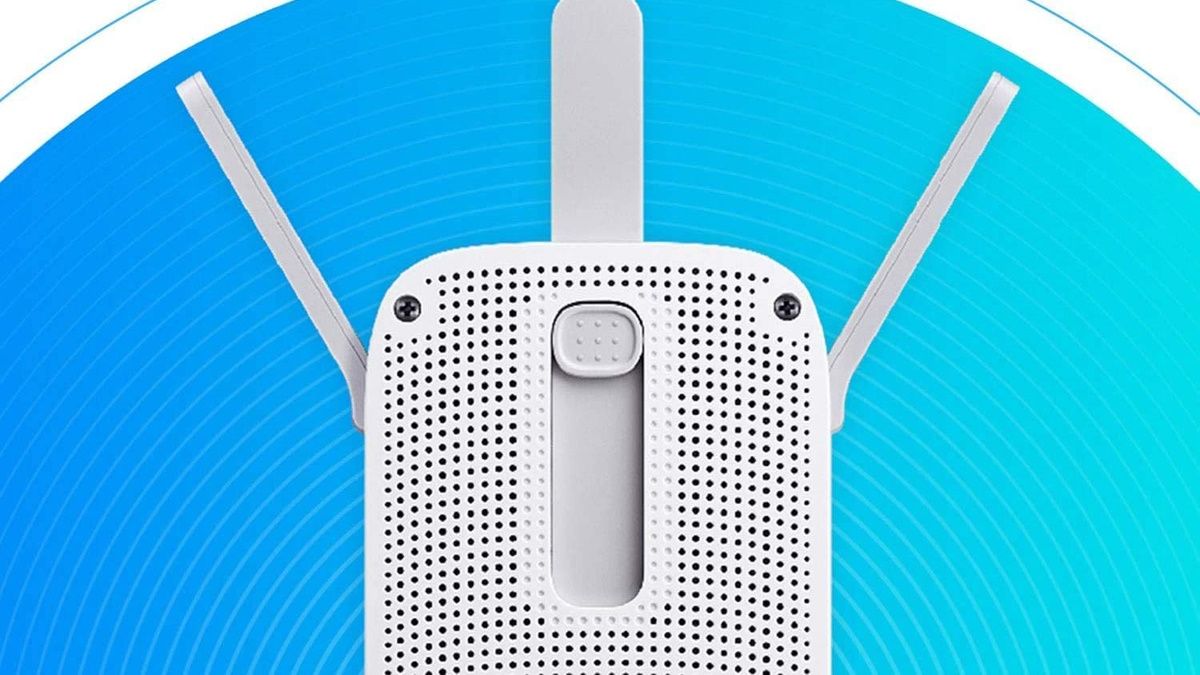 TP-Link
TP-Link TP-Link
TP-Link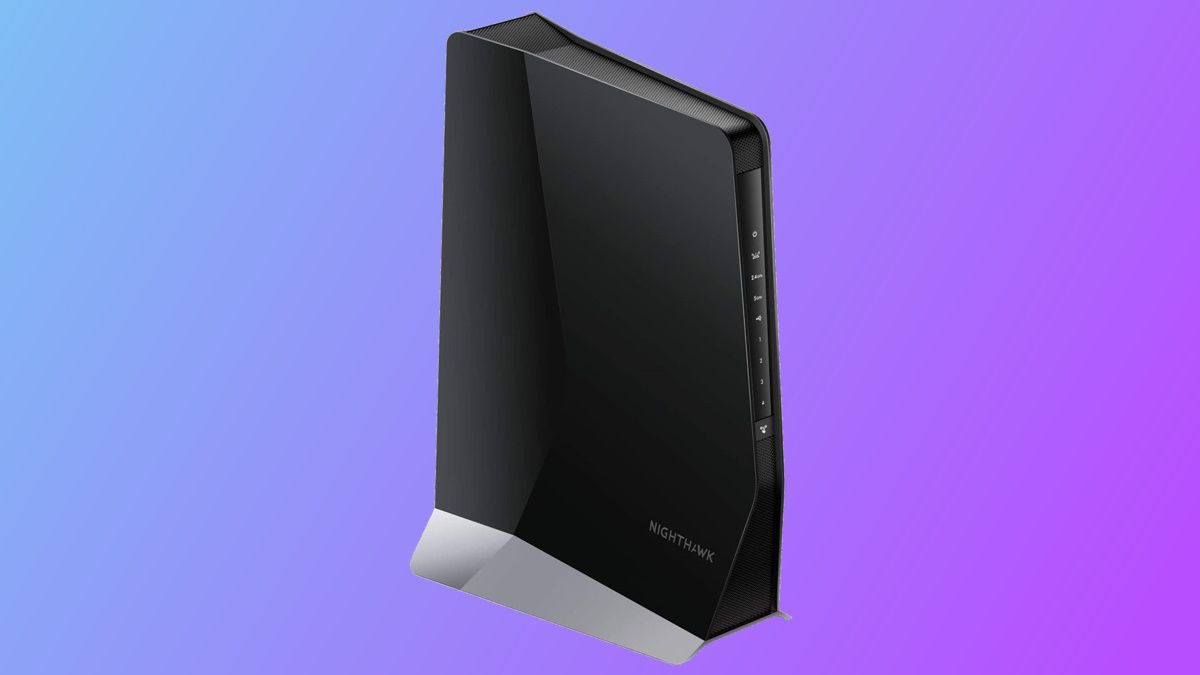 NETGEAR
NETGEAR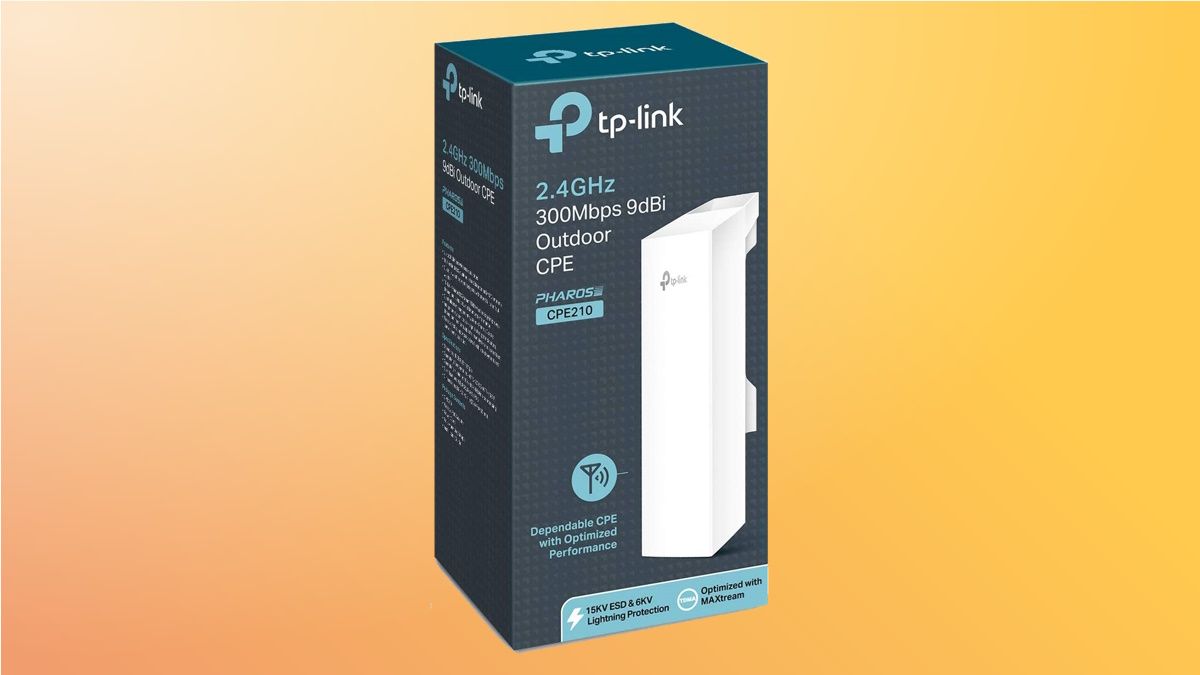 TP-Link
TP-Link